Article submitted by Jane Sovinski, LMEF Summer Intern.
An Endowment Fund has been established in Allen Chesser’s name, to continue his legacy of protecting the environment, Lake Maxinkuckee and valuing education. Jane is the first Allen Chesser Summer Intern.
As I sat on the picnic bench in Mary Chesser’s backyard, Goldfinch, Tufted Titmouse and Nuthatches came for their afternoon snack at the birdfeeders that Mary’s late husband, Allen Chesser, had built himself. Birdwatching being a hobby of hers, she could tell me about each species that stopped by her bird feeders, and I was fascinated by the peaceful environment created in this backyard. The Tippecanoe River flowed 100 feet from her back door, and I could see why one would spend so much time outdoors. Who would want to be inside on a beautiful August day?
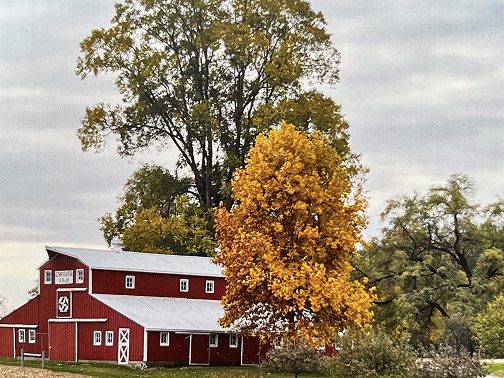
The Chessers live on a farm just a few miles from downtown Culver, Indiana. They bought the property in 1998 and moved in two years later after renovating the house. They rent the acres of farmland around them, as well as a beautiful classic red barn. Mary told me it was supposed to be bulldozed, but Allen was not going to let that happen. After four years, the barn was redone. In total, the Chesser farm consists of 433 acres of land.
Mary was raised on a farm only miles from where she lives now, and she said she always knew that was an environment she wanted her children and grandchildren to be able to enjoy as well. Allen lived on Lake Shore Drive, so he didn’t mind staying in Culver and having Lake Maxinkuckee nearby to enjoy. After considering living in Seattle, they realized they missed Indiana too much and decided to put down roots in the beautiful state. “You do appreciate what you didn’t have.”
The Chessers knew they wanted to protect the environment around their land, so they did a few things to ensure that the farming would not harm the natural landscape or Lake Maxinkuckee. One of their conservation efforts includes not farming the land closest to the Tippecanoe River and allowing nature to do its thing. This border helps filter rainwater and runoff from the farm before it reaches the river. It also includes many plants that pollinators enjoy.
As we were chatting, a kayaker paddled past us on the river. Mary said that in peak season, the river is packed with kayakers. I told Mary that I wished I could spend more of my time in nature, and her lifestyle was inspiring me to do so.
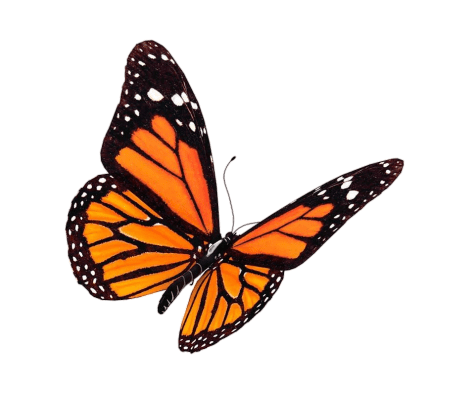
The Chessers also have another piece of land where they grow sugar maples and make maple syrup. They also have a plot of land that is specifically not farmed to promote the habitats of Monarch Butterflies. This was done intentionally because Mary and Allen realized the importance of pollinators to the environment. They have also designed their landscape to prevent rainwater from eroding their land and to give a habitat for many local animals to make a home.
I asked Mary what she liked most about living in the Indiana countryside. “The solitude,” she said, and I can see why. “There’s not a day that I don’t enjoy being outside.” She told me that she is on a local county park board, “People need those green spaces to be in, just to be.” Mary said that she and Allen always agreed that being in nature was one of the most important things to them and their family. They would take their kids to state parks growing up. Their favorite time to go is in the winter when they can have the park to themselves.
To wrap up our conversation, I asked Mary what she thought other people could do to help with conservation efforts. She noted that most farmers know about the programs that can protect the land and waterways. She is worried, however, that we are not thinking about the future enough. “What are we leaving our children?”
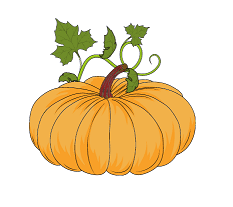
Mary left me with a quote from Henry David Thoreau:
“I would rather sit on a pumpkin, and have it all to myself, than be crowded on a velvet cushion.”
Footnote – I’d like to sit on that pumpkin with Mary!
Debbie Palmer
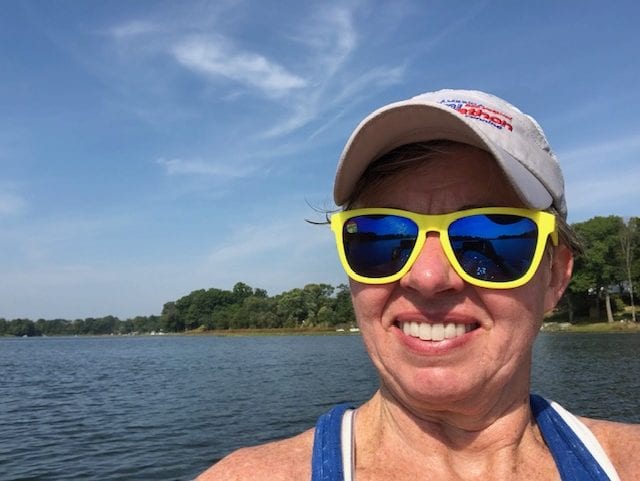
Hi, I’m Debbie Palmer. I received a BS in Horticulture from Purdue University. Here at LMEF, I am responsible for outreach presentations, monitoring the lake and it’s wetlands, project manager for restoration and research projects, and act as a community resource for all things related to the well-being of Lake Maxinkuckee and its surrounding watershed. I completed Indiana Watershed Leadership Academy, volunteer with the Indiana Clean Lakes Program, Hoosier River Watch and Marshall County Lakes and Waters and serve as a Board Member for Indiana Lakes Management Society.

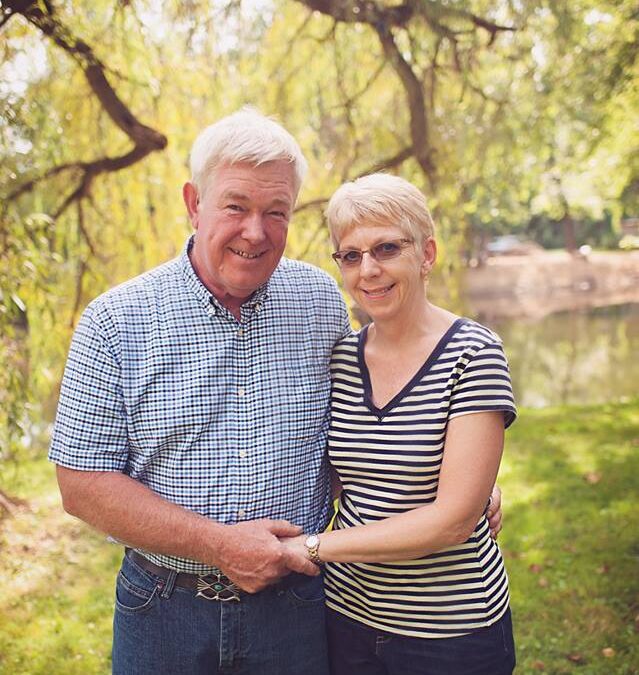
Recent Comments